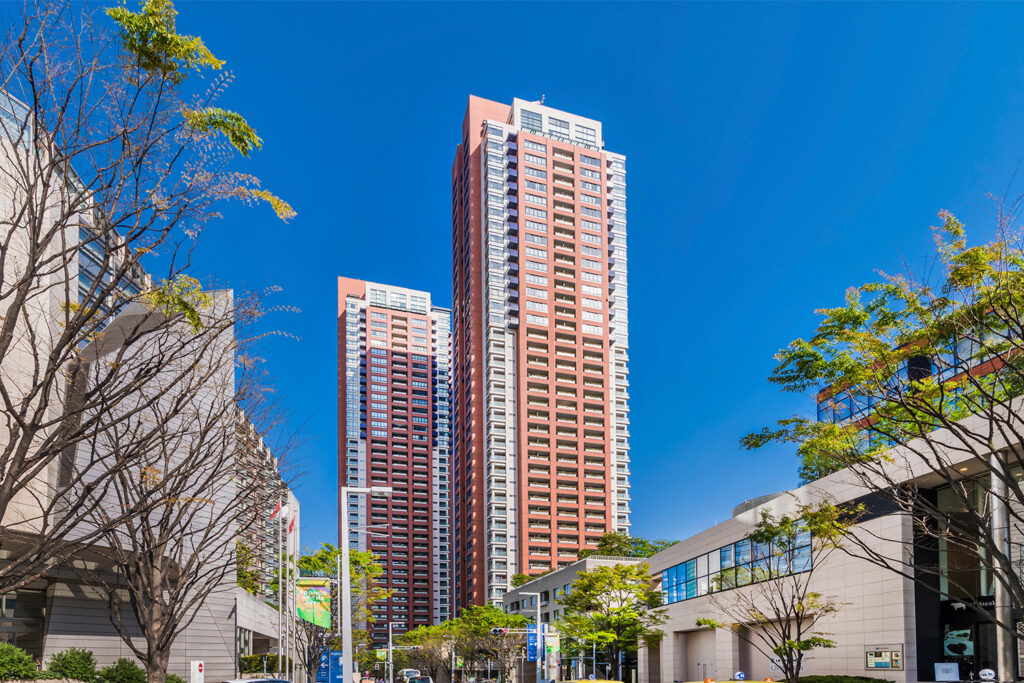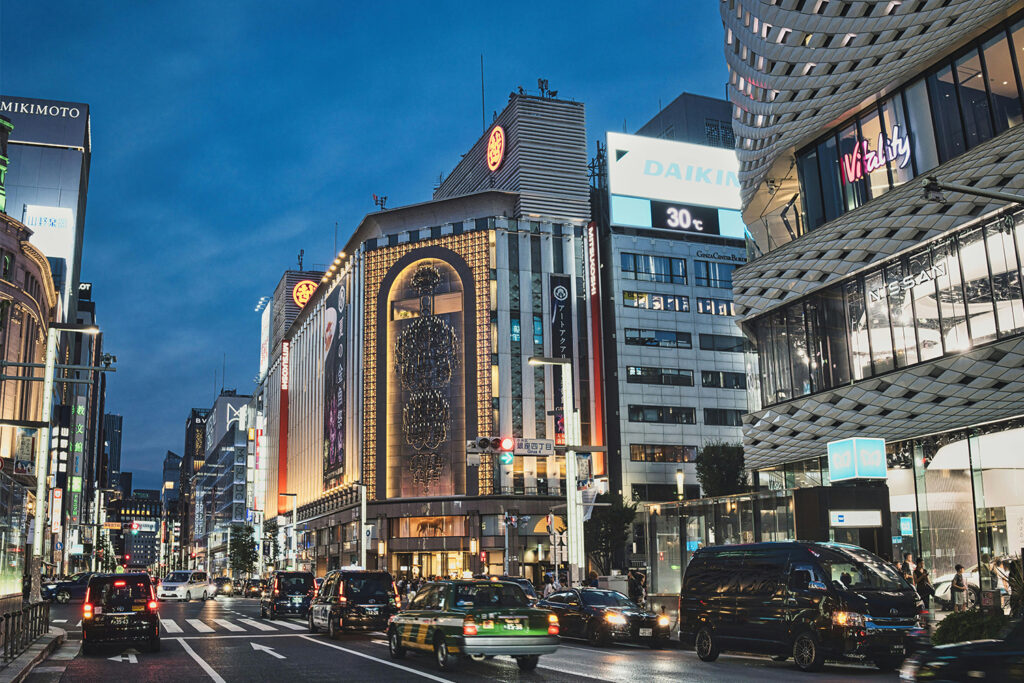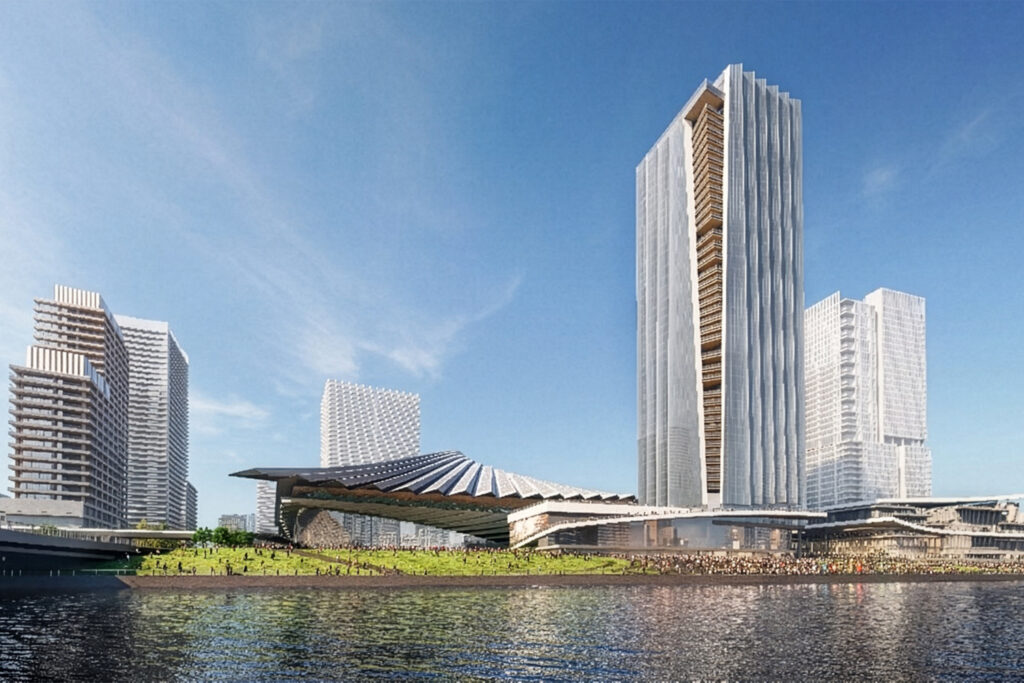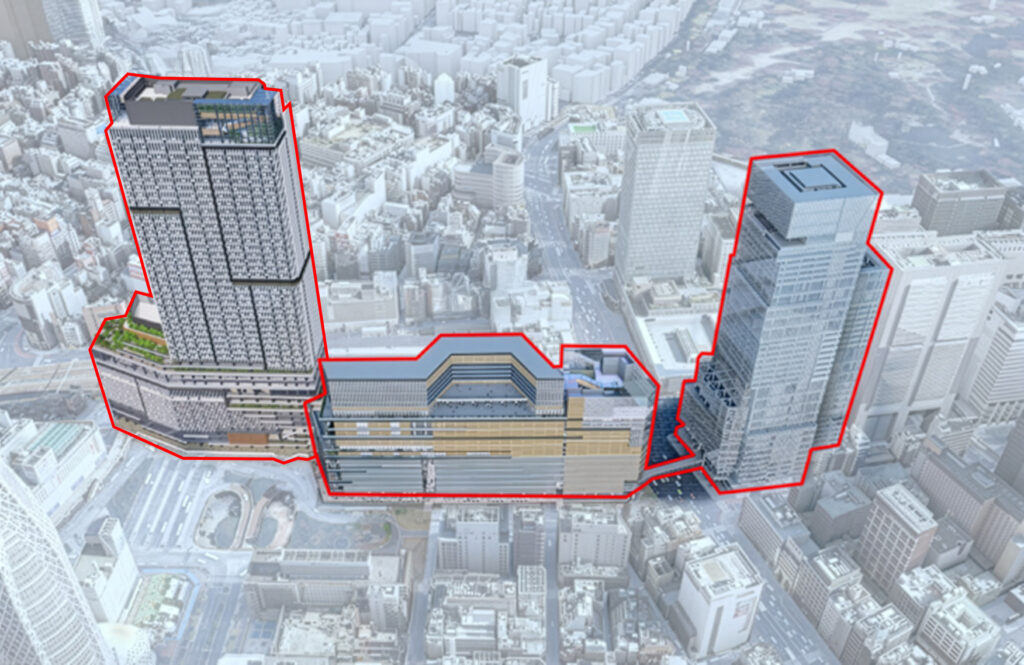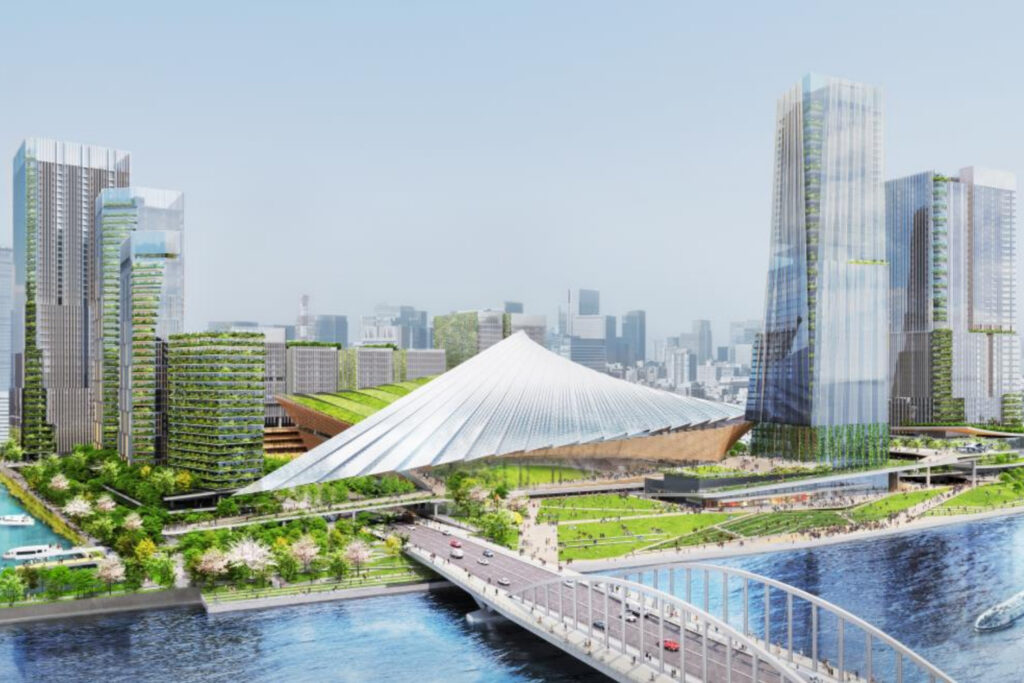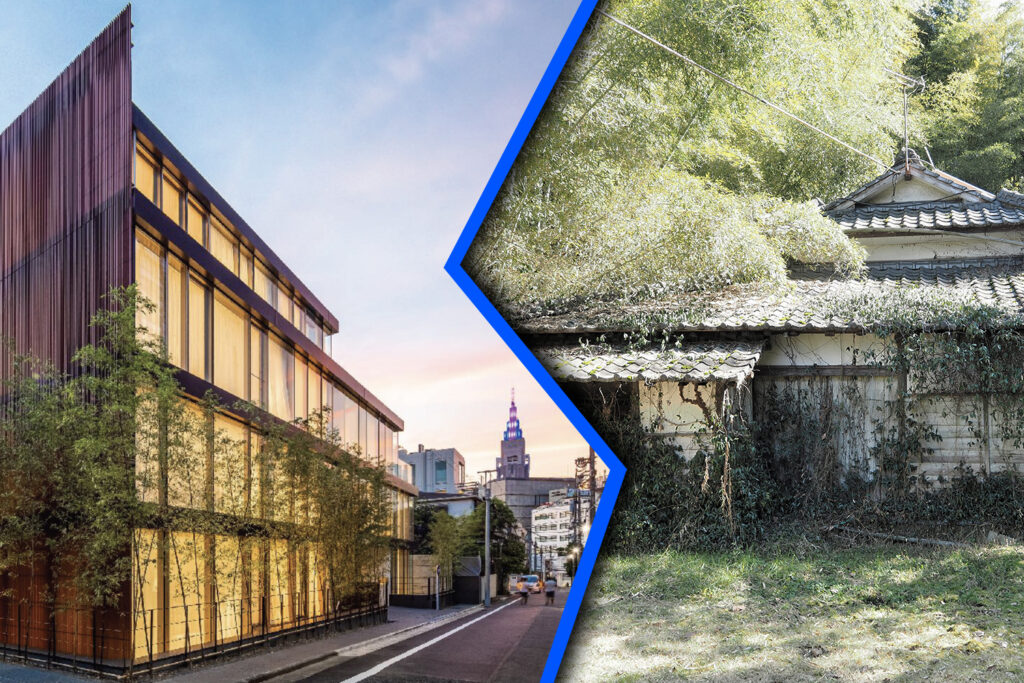
When it comes to real estate investment in Japan, one of the first questions investors face is where to put their money. Should you focus on Tokyo’s thriving urban market, or look to the countryside for more affordable opportunities? The answer depends on your investment goals, risk tolerance, and understanding of each market’s unique characteristics.
Japan’s real estate landscape offers two very different investment paths. Cities like Tokyo have historically shown stable rental demand and steady market performance. Meanwhile, rural areas promise lower entry costs but come with challenges that can turn a bargain property into a financial burden. Between these extremes lie tourist destinations like Hakuba, where properties in some resort areas have seen higher returns in recent years.
The Urban Advantage: Tokyo Leads for Investment Returns
Japan’s major cities continue to dominate the real estate investment landscape. According to MUFG Trust and Banking, prices are forecasted to increase by 5–6% annually in 2025. In July 2025, newly built condominium prices in the Tokyo metropolitan area surged more than 20% year-on-year.
Rental demand in Tokyo has remained robust compared with other regions. The rental market in Japan saw gross rental yields average 4.2% nationwide in Q1 2025, with occupancy rates in Tokyo’s 23 wards reaching 96.6%. These high occupancy rates show that, historically, the income generated from rentals has been relatively consistent and there has been minimal vacancy concerns.
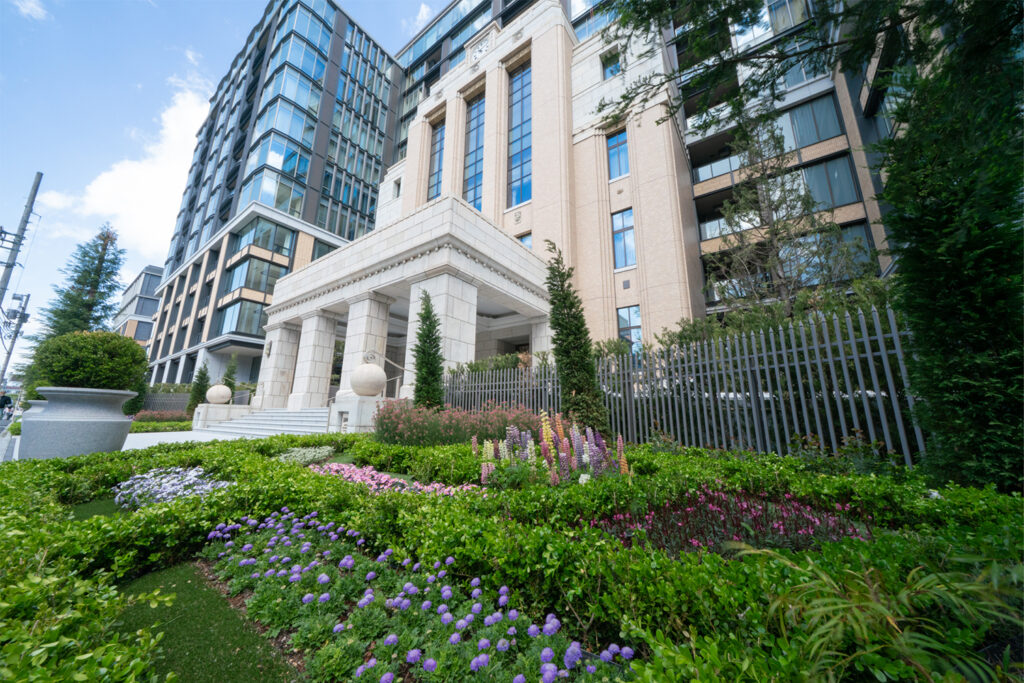
Why Tokyo Work for Investors
Urban properties offer advantages that can be difficult to replicate elsewhere. Demand for housing in Tokyo remains high due to ongoing migration to the capital. Foreign investment in Japan’s commercial and residential real estate now comprises 27% of total real estate transactions, up from 21% five years ago. This international interest reflects confidence in urban property markets.
The infrastructure in major cities also protects your investment. Tokyo has world-class public services, healthcare, shopping, and entertainment that maintain property values over time. When you want to sell a Tokyo apartment, you’re tapping into a market with millions of potential buyers and active real estate agencies, liquidity in Tokyo is typically higher than in rural regions.
The Rural Reality: Understanding Countryside Investment Challenges
While countryside properties might seem appealing with their low prices, the investment case for rural real estate is far more complicated than many buyers realize.
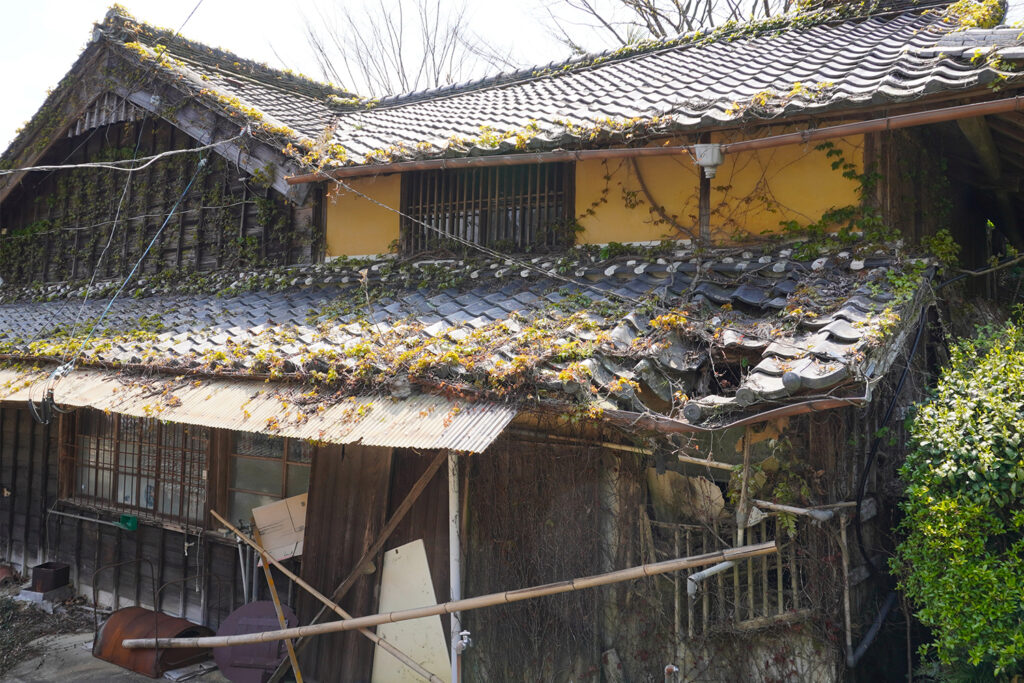
The Akiya Problem: When “Free” Becomes Expensive
Japan’s abandoned homes, or akiya, have received significant media attention. As of late 2023, Japan had about 9 million akiya, roughly 13% of all Japanese homes, double the number from 1993. This massive inventory exists because houses sitting empty become significant liabilities due to demolition costs and taxes of ownership.
The purchase price is just the beginning. Most properties listed on Akiya banks range from $10,000 USD to $100,000 USD, but most require renovation that could cost 2-3 times the purchasing price. In 1981, Japan upgraded building codes for earthquake resistance, meaning older properties need expensive retrofitting. Roof repairs can cost as much as ¥3.5 million, as can external wall repairs.
The renovation costs in rural areas can also be exacerbated by increasing material costs and labor availability and costs due to the inward rural-to-urban migration as the younger generation looks for better pay. In 2023 the total value of building “reform / renewal” orders in FY2023 saw a 14.9% increase vs. the prior year. This is expected to have increase again for 2024 and 2025.
Source: Source: Ministry of Land, Infrastructure, Transport and Tourism (MLIT) (JP only)
Location Problems Kill Investment Returns
Only 15% of vacant houses are in convenient locations within 1 km of a station and in decent shape, while 85% are either severely deteriorated or in areas with poor accessibility. Distance from train stations dramatically affects property values in Japan, and properties requiring car access see their potential tenant pool shrink dramatically.
Kachitas, Japan’s largest firm specializing in buying and rehabbing old homes, revealed they end up buying only about 1 in 10 of the vacant homes that owners approach them to sell. If professionals reject nine out of ten properties, individual investors should proceed with extreme caution.
Why Akiya Usually Fail as Investments
From a pure investment perspective, akiya face insurmountable challenges. Most are located in depopulated rural areas with limited economic activity, resulting in uncertain rental demand and resale prospects. Property values in depopulated areas continue declining as population loss accelerates, and rental markets are weak or nonexistent.
While the initial purchase price might be low or zero, the cumulative expenses of renovation, ongoing upkeep, and taxes can be substantial, with many “free” homes being more trouble than they are worth due to structural problems and failure to meet modern earthquake standards.
The Exception: Tourist Destinations and Resort Areas
While most rural real estate makes poor investment sense, properties in established tourist destinations, particularly ski resorts, may appeal to investors seeking market stability.
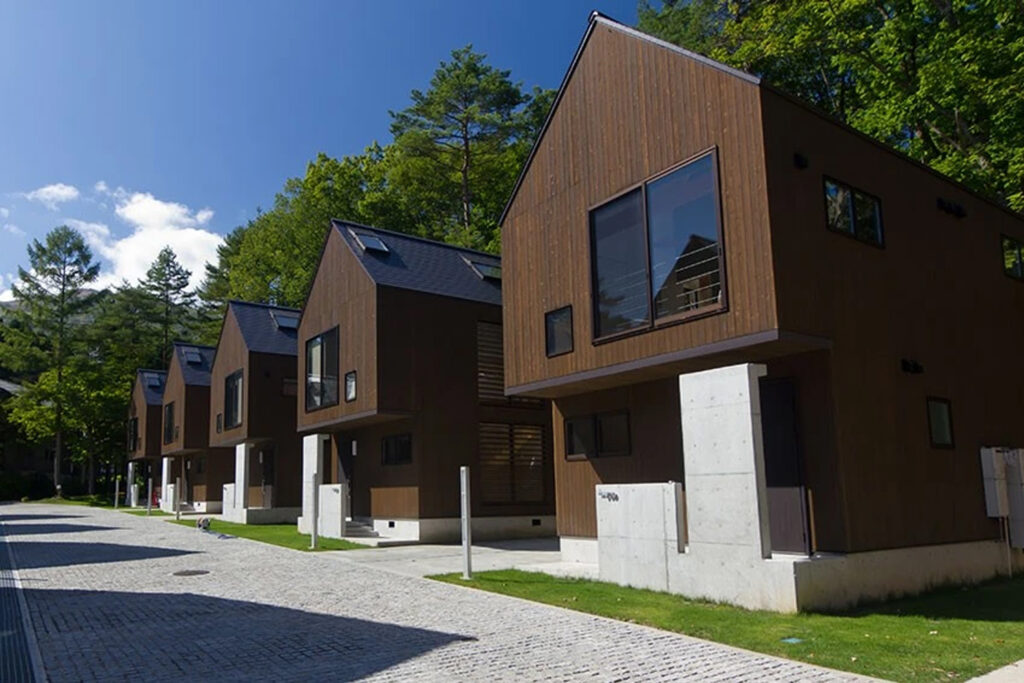
Hakuba: A Case Study in Tourist-Driven Growth
Hakuba, nestled in Nagano’s Northern Alps, demonstrates how the right rural location can outperform even major cities. The town welcomed around 2.7 million visitors in 2024, with the peak travel season seeing 1.3 million people, up 14% from the previous year.
This tourism boom translates directly into real estate appreciation. As of September 2024, land prices in Hakuba had increased by 30% year on year, the fourth steepest rise nationally. Hakuba Iwatake Mountain Resort reached 49,000 yen per square meter. This is up 12,000 yen from last year. These gains far exceed even Tokyo’s robust growth rates.
The driver is international tourism. Hakuba recorded a remarkable 63% year-on-year increase in accommodation searches by international visitors, establishing it as the fastest-growing winter destination in Japan.
What Makes Resort Investing Different
Tourist destinations like Hakuba solve the fundamental problems that plague most rural properties. Instead of weak demand, you have strong rental markets driven by vacation travelers. Investors in locations like Niseko, Hakuba, and Kyoto are experiencing high rental yields, particularly during peak travel periods.
Hakuba specifically benefits from year-round appeal. In addition to winter sports, Hakuba’s appeal is broadening in summer months, with outdoor recreational offerings including hiking, mountain biking, and nature tourism gaining traction. This seasonal diversity helps investors maintain occupancy throughout the year.
Infrastructure improvements including new gondolas and expanded accommodation were made to accommodate international visitors. Marriott International opened the first foreign-owned hotel in Hakuba in 2018, and Banyan Tree plans to open a new facility by 2026 with a luxury options from Resort Japan also opening in 2026. When international brands invest, it validates the market and brings additional visitors.
If you are interested in investing in Hakuba Real Estate, Land or Hotels please do not hesitate to contact our Sister Company Resort Japan.
Making the Right Investment Choice

When you compare these three investment types, the differences become clear. Urban properties in Tokyo can offer stability, liquidity, and steady appreciation. You’re unlikely to face extended vacancies or struggle to find buyers. Returns are moderate but reliable, and market depth means you can exit when needed.
Rural akiya properties might seem attractive due to low purchase prices, but the investment case usually falls apart. High renovation costs, weak rental markets, declining property values, and poor liquidity make most countryside investments problematic. These properties often work better as lifestyle choices for people who want a rural retreat with realistic expectations about finances.
Resort properties in the right locations offer a middle path. Entry costs are typically lower than major cities but higher than akiya. When chosen well, these properties can deliver returns through vacation rentals, combining income with appreciation. The tradeoff is higher management complexity, seasonal income variability, and sensitivity to tourism trends.
The Bottom Line
After examining the data and market dynamics, Urban properties have generally performed well for many investors. Rising demand for residential properties in metropolitan areas like Tokyo is fueled by urban migration and limited land availability, creating conditions that support property values and rental income.
Cities offer occupancy rates above 95%, rental yields averaging around 4-5%, and annual appreciation of 5-6%. Tokyo offers a deeper market, which can make buying and selling comparatively easier, and you could avoid the renovation nightmares and legal complications that plague some rural properties.
Tourist destinations like Hakuba illustrates one example of a rural market that has benefited from tourism. For most investors, urban areas continue to attract investors due to liquidity and market depth. The stability, liquidity, and consistent returns may seem less exciting than finding a cheap property in the countryside, but they’re far more likely to preserve and grow your wealth over time.
Q&A: Common Questions About City vs. Countryside Investment
Which Japanese cities offer the investment returns?
Tokyo has historically led for investment returns, with Tokyo offering predicted to offer steady property price increases of 5-6% according to forecasts by Mitsubishi UFJ Trust and Banking.
Are akiya homes a good investment?
For most investors, no. Most akiya are in depopulated rural areas with uncertain rental demand and resale prospects, with renovation costs often being substantial. Akiya can work as personal retreats but can struggle to generate positive investment returns.
What makes Hakuba different from other rural areas?
Hakuba benefits from strong international tourism that drives demand. Land values increased by over 30% and searches rose 63% year-on-year, demonstrating genuine investment potential not found in most rural locations.
What are typical rental yields in Japanese cities?
Rental yields average 4.2% nationwide in Q1 2025. With Tokyo offering the highest total rent amounts.
Can foreigners invest in Japanese real estate?
Yes, foreigners can legally purchase property without restrictions or additional taxation. However, getting to finance can be challenging, with many investors paying cash. This is why it is best to use a trusted and experienced relator such as Housing Japan with 25 years of experience in the Real Estate Market.
Housing Japan
With 25 years of experience, Housing Japan specializes in luxury real estate in central Tokyo, offering comprehensive services for buying, selling, and managing properties. Whether you’re looking for urban investments with steady returns or exploring opportunities in Japan’s thriving resort markets, our experienced team can guide you through every step of your real estate journey.
From prime properties in Tokyo’s most desirable neighborhoods to investment opportunities in growing resort destinations, we provide the local expertise and international perspective you need to make informed decisions. Our one-stop service includes expert management, so you can invest with confidence knowing your property is in capable hands.
Contact Housing Japan to learn more about real estate opportunities and market trends in Japan
Contact Us
Housing Japan
7F BPR Place Kamiyacho, 1-11-9 Azabudai, Minato-ku, Tokyo, Japan 106-0041


